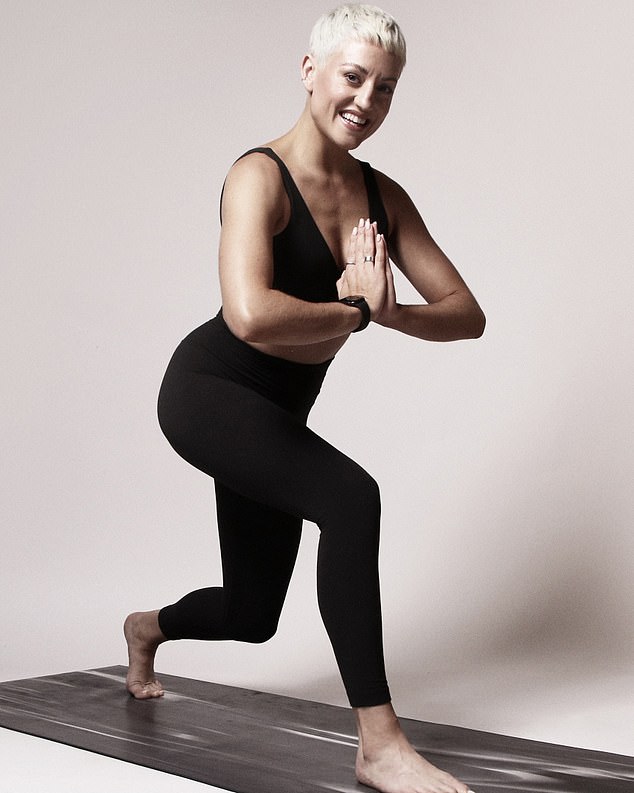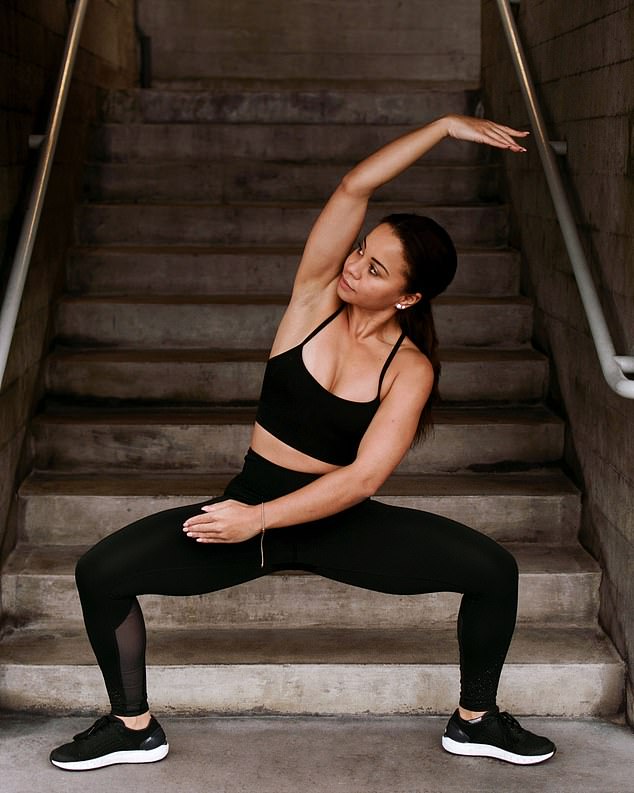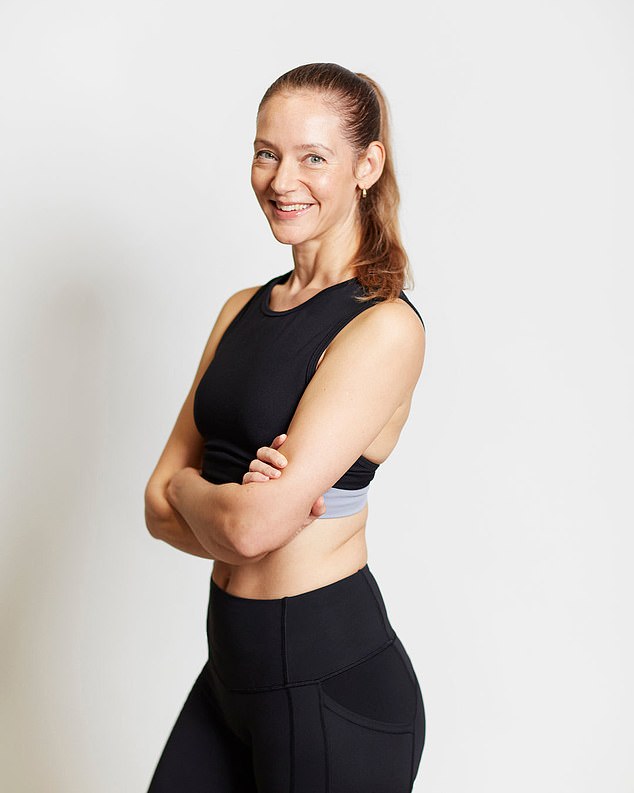As 2024 comes to an end, it’s time to start thinking about our New Year’s resolutions. For many of us, the beginning of January has become synonymous with lifestyle changes: exercising more, eating healthier, sleeping better, and improving our overall well-being.
As Brits decide to get fit and lose weight, gyms across the country will see a surge in new memberships once the clock strikes midnight on December 31 – but research suggests 50% of those who They join gyms in January and leave within six months.
Below, we asked seven personal trainers about the common mistakes we make when setting our 2025 fitness goals and how we can increase the likelihood of keeping our health-focused resolutions.
Personal trainer and founder of the Louisa Drake Method
1. Inconsistent training
Sporadic training with long intervals between sessions can impede muscle development, reduce cardiovascular endurance and make it difficult to gain momentum. In other words, they sabotage your fitness journey. When you leave long intervals between workouts, you’re not only losing muscle tone, you’re altering your body’s natural metabolic rhythms. Consistency is the key to transformation as it allows your body to develop strength, endurance and adaptability. Think of each session as a building block, not a one-off event.
2. Bad form and technique.
Poor form isn’t just about risk of injury: it disrupts the body’s natural biomechanics. Poor technique creates muscle imbalances, joint stress, and potential long-term damage. Precision trumps intensity, especially in exercises that involve heavy weight, complex movements, or high intensity. Correct form activates the right muscles, promotes muscle development and improves posture. Whether you’re performing squats, deadlifts, or Pilates-inspired moves, every rep is an opportunity to connect with your body’s intelligent design.
3. Overtraining without recovery
Constantly pushing yourself without recovery leads to burnout, not advancement. Your muscles, hormones, and nervous system require intentional recovery to function optimally. Rest is not weakness, it is wisdom. We not only form bodies, but we promote comprehensive well-being. Incorporate strategic rest days, prioritize quality sleep, and support your body with proper nutrition. The real transformation occurs during recovery.
4. Ignore progressive overload
Your fitness journey should be dynamic and responsive. Plateaus form when we fail to raise the bar. Gradually increasing complexity in your workouts, whether through weight, repetitions or movement patterns, allows your body to adapt, grow and evolve. Your potential is not fixed, you are always growing and adapting.

Founder and instructor at Your Barre Studio
5. Set unrealistic goals
This often leads to an unsustainable approach to exercise. Instead, I always advocate creating a sustainable routine that you truly enjoy. This is the key to building a consistent and rewarding relationship with exercise. By focusing on activities that bring you satisfaction and fit naturally into your lifestyle, you set yourself up for long-term success rather than burnout or frustration.
6. Neglecting mobility work
Overlooking mobility exercises is a common mistake that can lead to stiffness, limited range of motion, and increased risk of injury. I often see clients struggle with this, as mobility is a key aspect of my work. Incorporating dynamic stretching, foam rolling, and other mobility-focused practices is essential to improving the quality of movement, improving performance, and maintaining long-term joint health.

Master Trainer at Barry’s
7. Get sneakers just to show off
It’s very tempting to buy the latest trend without having to do a gait analysis or check out your new shoes. The most common reason for injuries I see at Barry’s is incorrect or ill-fitting shoes. Your sneakers may not be the most fashionable, but it is much more important that they are suitable for your purpose.
8. Overdoing it as soon as the New Year arrives
It’s not worth going from 0 to 100 and then burning out. Consistency is key, so if exercise is new, start slowly and build up. If you go full throttle, there’s a good chance you won’t continue your fitness journey past January.
9. Pain is gain
This is not at all the case with an exercise program. Finding something that is achievable and fun will keep you on the right foot. What you should aim for is incremental progress, not destroying your morale and your body.
10. Starve yourself
After Christmas, it’s tempting to go on a crash diet and try for an unrealistic calorie deficit. Whether you’re introducing a new exercise routine or continuing an existing one, your body needs fuel to function efficiently. Muscles need protein to repair themselves; I would recommend incorporating protein shakes after exercise to stay on track.
11. Go alone
Trying to stay engaged and accountable is always tough on your own. To make sure you’re exercising safely, I always recommend finding a qualified personal trainer or a reputable fitness class so you can learn proper form and have it checked, but also have someone to hold your hand. and support you during the process.

Personal Trainer Aimee Victoria Long
12. Cut and change training programs
An exercise program needs a minimum of four to six weeks to see results. When you begin a new exercise, much of the initial progress comes from the nervous system becoming more efficient at performing the movement. This adaptation process lasts several weeks. If exercises are changed too soon, you may miss the opportunity to fully master the movement and gain strength or performance benefits.
Sara Campus (@ldnmumsfitness)

Personal trainer and founder of LDN Mums Fitness
13. Neglecting hydration and nutrition
If you’re working so hard with your training, don’t let the results slide because of your lack of nutrition. Dehydration and poor nutrition can reduce your energy levels, impair recovery and reduce performance. Therefore, it is important to drink water before, during and after workouts (always have a bottle on hand) and fuel your body with nutritious, balanced meals and snacks. Try to plan ahead and prepare your meals in batches to stay on track. If you plan your training, also plan your nutrition.

Personal trainer and founder of Chloe Inspires
14. Skip warm-ups
Many people jump right into exercising without warming up. When you do this, you increase your risk of injury and can also lead to muscle stiffness. It will deprive your joints of the benefits that synovial fluid provides. Synovial fluid is found between joints and reduces friction between cartilage and other tissues during movement to protect joints from impact.
15. Skip cooldowns
If you finish your workout without a proper cool down or stretching, it can result in a slower recovery and may also leave you feeling stiff the next day. When we cool down and stretch properly, muscle soreness is also reduced.
16. I only do cardio and no strength training.
I think a good fitness routine includes cardio for your cardiovascular health and also strength training. This helps reduce the risk of imbalances and injuries. Having a well-rounded exercise routine will help with your cardiovascular health, strength, flexibility, balance, and mobility in daily life.

Personal trainer Dominika Blonska
17. Relying too much on machines
Machines are great for beginners, but over time, incorporating free weights is essential. They improve muscle stabilization and improve functional movement patterns, leading to better overall strength and performance.


